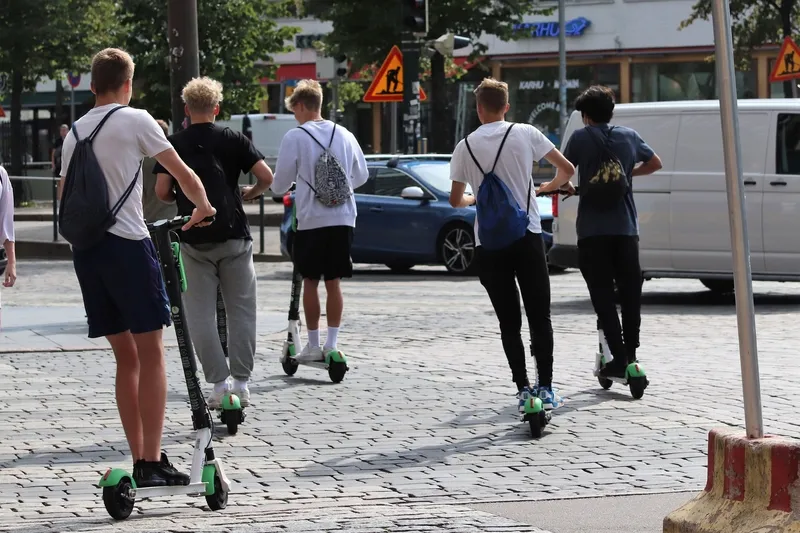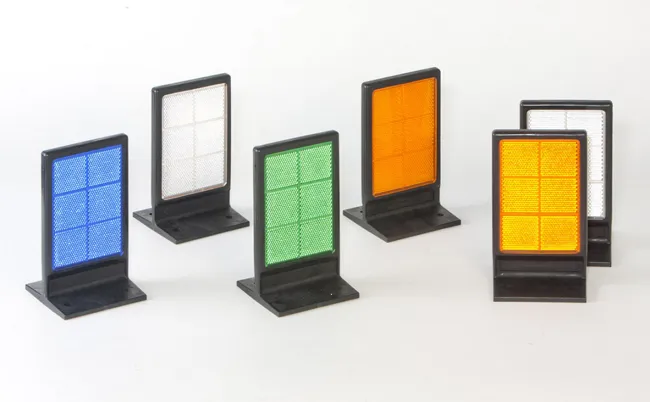Italian road safety firm Industry AMS has developed and patented high efficiency energy absorption systems provided with special metallic honeycomb panels.
The SMA Crash Cushion was certified to the European Standard EN1317. It also tested successively against the US standard NCHRP in a frontal impact with a pickup truck provided with an anthropomorphic traffic device - and obtained the best Euro NCAP score.
According to
The use of a honeycomb absorbing system produces almost uniform absorption of energy during the entire crash cushion deformation. This prevents force peaks and consequent deceleration peaks, which are common in discontinuous energy absorption systems.
The company says that the energy absorption system is so efficient that it has been considered appropriate to prove the compliance of SMA Crash Cushion even with the stricter tests of the American NCHRP standard.
The Crash Cushion SMA 110, already tested and certified according to EN 1317, was subjected to a lateral and frontal test with a 2tonne pickup, according to the impact scenarios and TL TL 3:37 3:31 of NCHRP 350. In the case of frontal impact, the vehicle was equipped with crush test instrumented dummy able to calculate the biomechanical parameters related to the head, neck and chest and establish the damage and/or injury which would affect the vehicle occupants.
The use of a crush test instrumented dummy is then a direct method for the determination of injury to the occupants of the vehicle.
The ultimate goal of a road safety device is, in fact, to ensure safety of the occupants in case of impact and by using an instrumented dummy we quantitatively verified how the SMA Crash Cushion responds to this purpose.
In fact, the parameters that determine the performance of an impact Crash Cushion according to the 1317 standard, NCHRP and MASH are parameters of the vehicle and literature data show that these are not always related to the injuries to the vehicle occupants.
Ultimately, the SMA 110 Crash Cushion successfully underwent two additional shocks performed according to NCHRP 350. The company says that makes it almost completely compliant with the two main reference standards.









